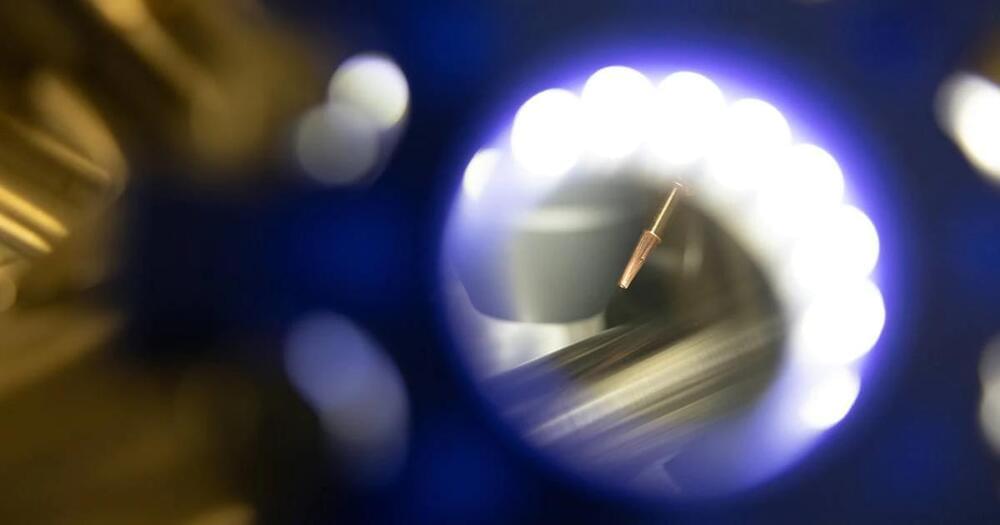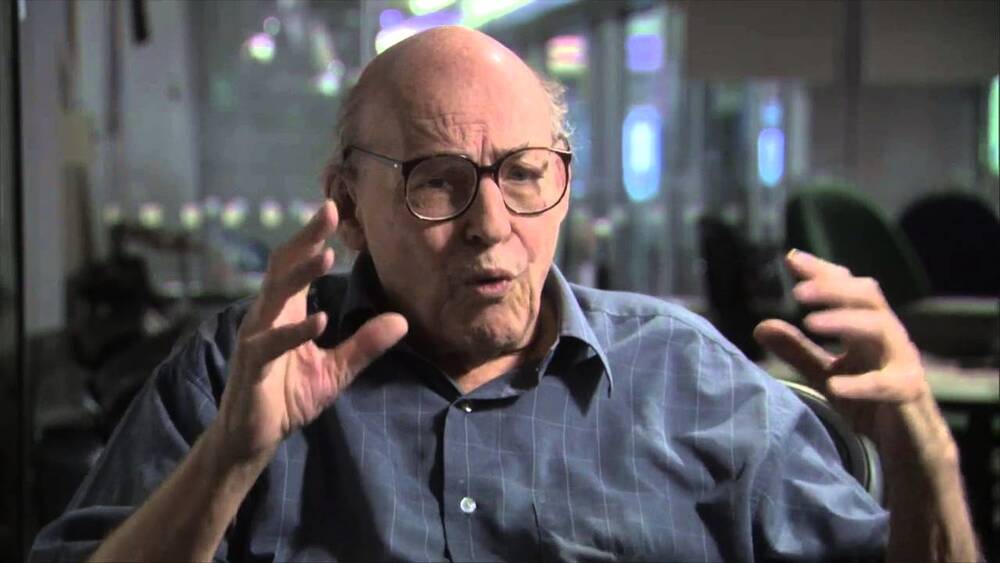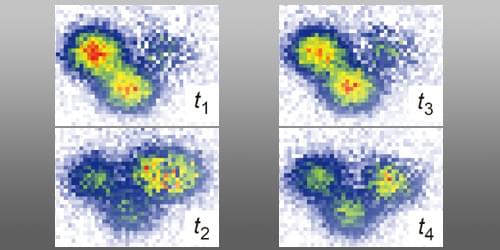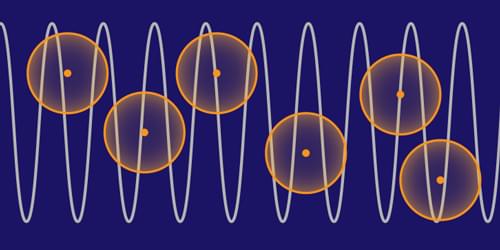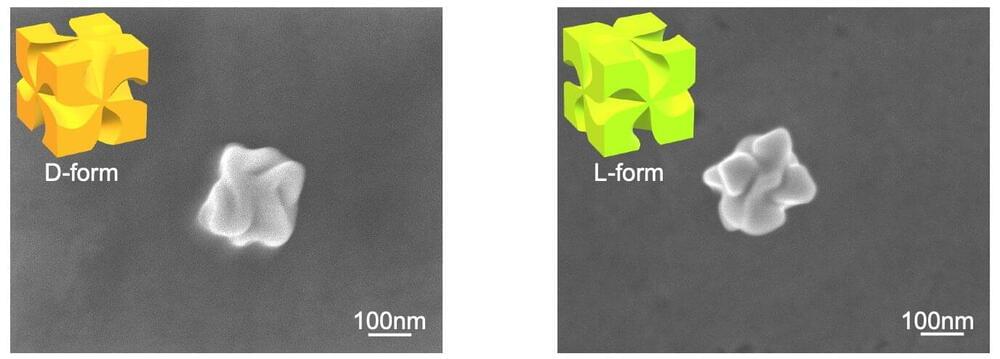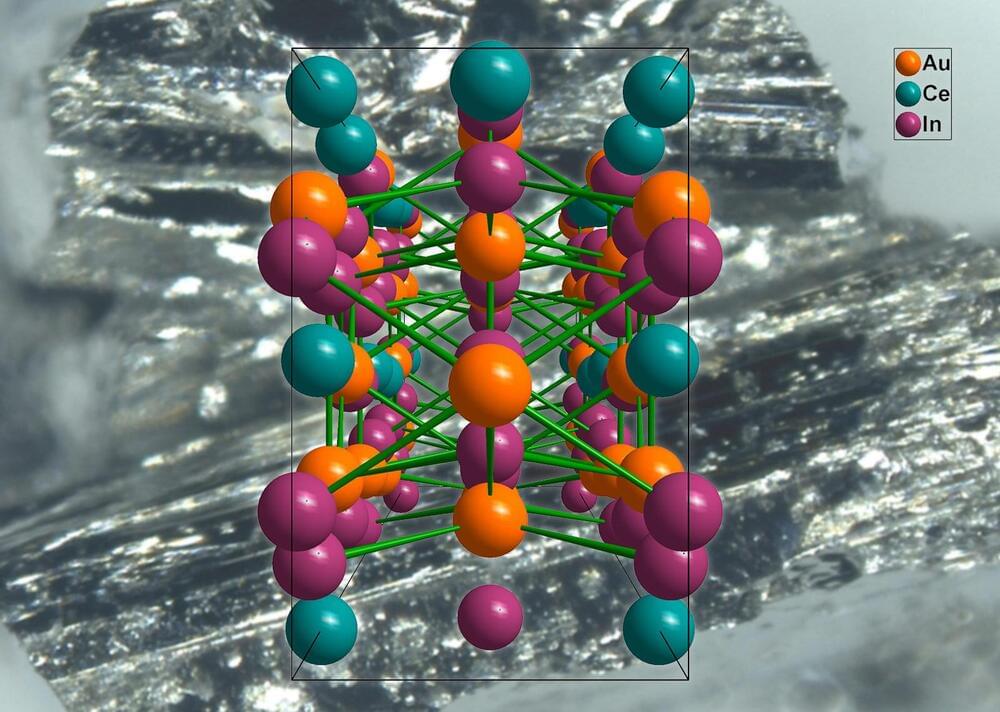Sep 24, 2022
Science is on brink of a materials revolution
Posted by Dan Breeden in categories: particle physics, science
Imagine a world where super-strong, super-light, flexible, durable new materials, which don’t exist in nature could be made to order. New breakthroughs in the understanding of “spin”, a characteristic of subatomic particles — like mass and charge — mean we are on the brink of such a revolution.
“The ability to control spin, one of the fundamental properties of particles, is crucial to us being able to design advanced new materials that will change the world,” says Prof Alessandro Lunghi, a physicist at Trinity College Dublin, who heads up a team investigating the phenomenon.
The scientific concepts of particle mass and charge are widely understood and known, but the third property of particles — that of spin — remains mysterious to most. It’s a concept that even many scientists struggle to understand.
